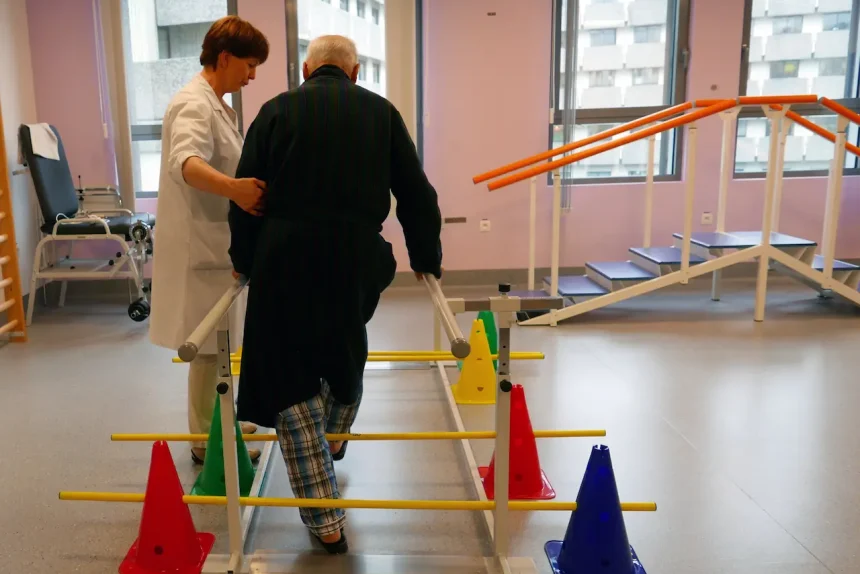The Functional Independence Measure (FIM) is essential for occupational therapy, though Section GG has replaced it in post-acute care settings. The FIM remains crucial for therapists to evaluate patient progress and independence levels.
Understanding the FIM Scale
Grasping the FIM scale is vital for evaluating patient independence. This tool scores activities and cognitive tasks to guide therapy. In our full guide, we provide case examples and interactive quizzes for comprehensive understanding.
Motor Tasks – Activities of Daily Living
The FIM scale assesses several daily activities:
- Eating: From complete independence to total assistance based on the task percentage performed.
- Grooming: Evaluated similarly, requiring either incidental support or full assistance.
- Bathing, Dressing: Assessed for the degree of independence or physical assistance needed.
- Bowel and Bladder Management: Scores consider incontinence frequency and assistance level.
Mobility
FIM assesses various mobility activities:
- Transfers: Involves moving between bed, chair, and wheelchair.
- Locomotion: Evaluates walking or wheelchair use over specific distances.
- Stairs: Scores the ability to ascend or descend stairs.
In our detailed guide, we cover mobility training techniques and assessments with example videos.
FIM in Cognitive Task Assessment
Cognitive aspects like comprehension, expression, and social interaction are measured via FIM:
- Comprehension and Expression: Measures understanding and communication capabilities.
- Problem Solving and Memory: Assesses problem-solving abilities and memory recall.
Explore our complete breakdown of cognitive assessments to better prepare.
Occupational Therapy Treatment Based on FIM Levels
FIM levels directly influence therapeutic approaches:
- Total Assistance: Focus on passive range of motion and basic engagement.
- Moderate Assistance: Involves active range of motion and simple tasks.
- Supervision or Set-up: Tasks are performed with visual and verbal guidance.
For a deeper dive into FIM levels and patient examples, see our full resource.
FIM Outcome Measure in Practice
Tracking FIM outcomes can measure therapeutic success. For a recovering hip fracture patient, FIM charts showcase gradual improvement in daily tasks. Understanding these scores provides insight into therapy impact and areas needing persistent focus.
In our full content, we illustrate these scenarios with fictional case studies for interactive learning.
Want detailed practice tips to ace the NBCOT® exam? Join now for full access!
What is the Functional Independence Measure (FIM) used for in occupational therapy?
The Functional Independence Measure (FIM) is used to evaluate patient progress and independence levels in occupational therapy, assessing both motor and cognitive tasks.
How does the FIM scale assess activities of daily living?
The FIM scale assesses activities of daily living, such as eating, grooming, bathing, and dressing, by scoring the degree of independence or assistance required.
What cognitive tasks are evaluated by the FIM?
The FIM evaluates cognitive tasks such as comprehension, expression, problem-solving, and memory recall to determine understanding and communication capabilities.
How can FIM levels influence occupational therapy treatment?
FIM levels guide therapeutic approaches, where total assistance involves passive motion, moderate assistance includes active tasks, and supervision offers visual and verbal guidance.
Why is tracking FIM outcomes important in therapy?
Tracking FIM outcomes helps measure therapeutic success by showcasing improvement in daily tasks and identifying areas needing focus, such as in a hip fracture recovery case.



